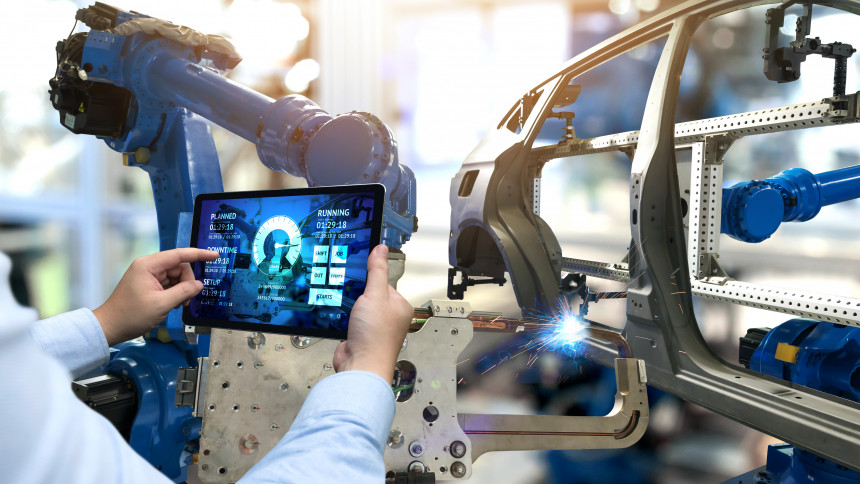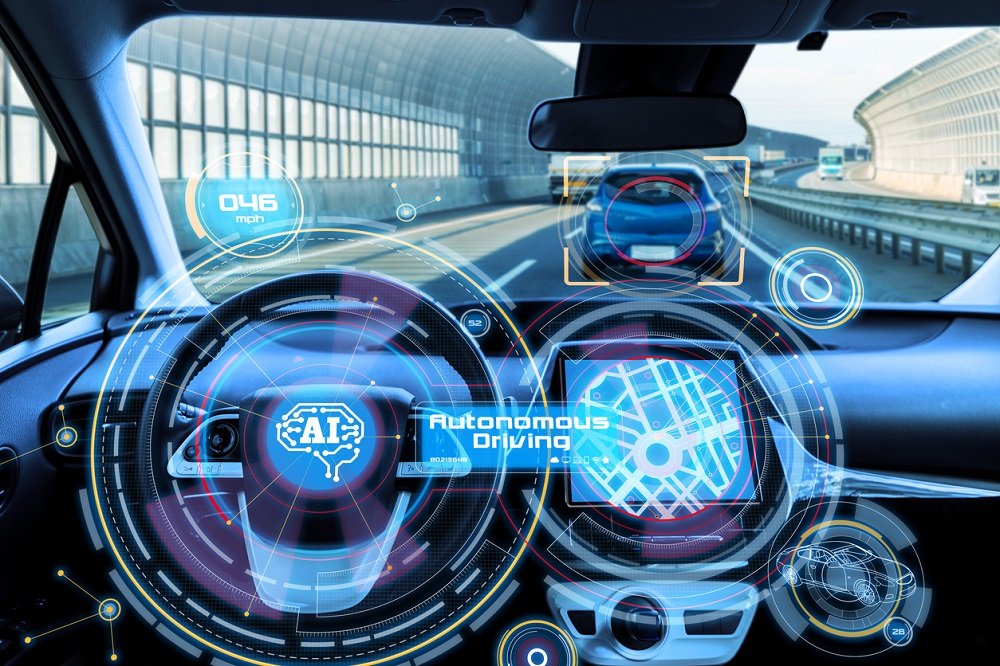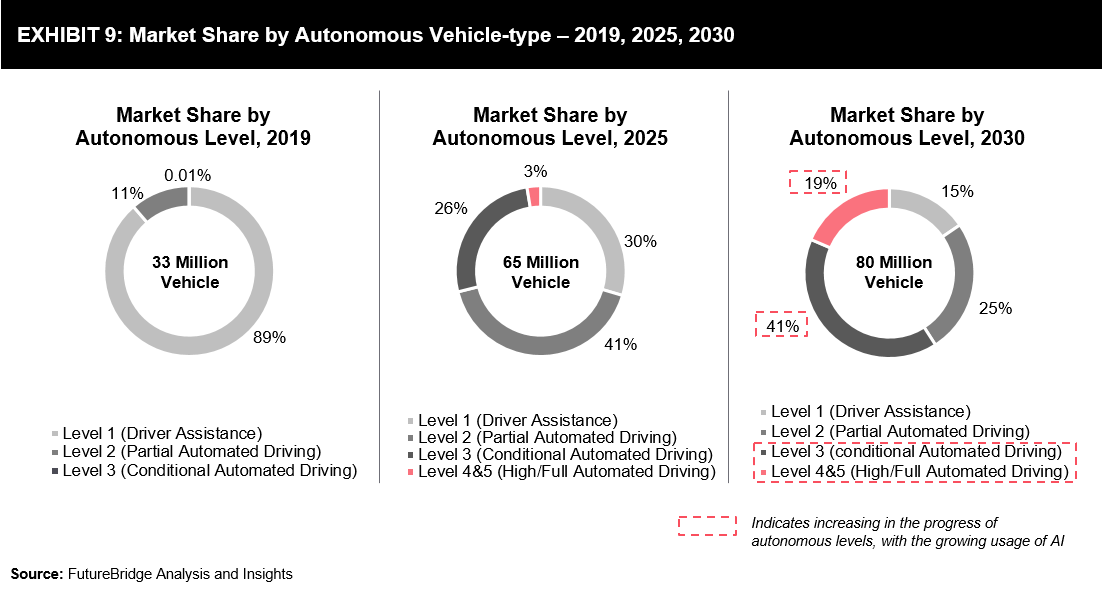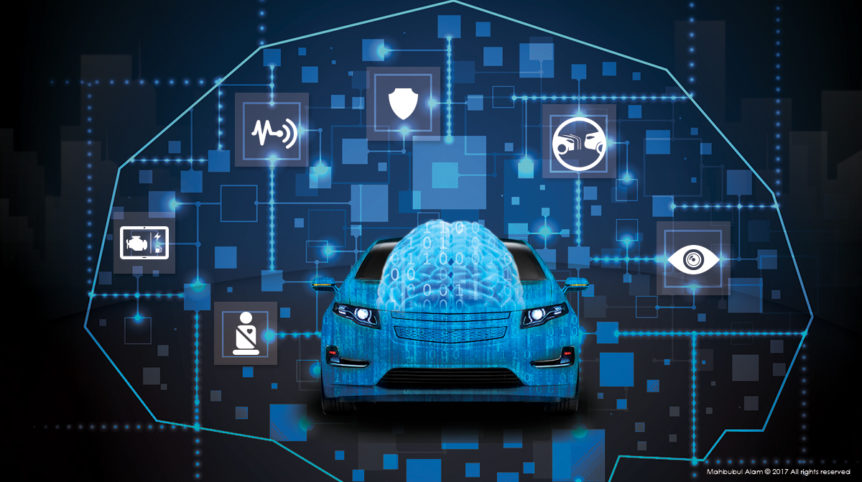What is AI?
As most of us know, many companies are shifting their focus towards adopting AI or artificial intelligence. However, there is often a misconception about what AI is. AI is a field that combines computer science along with large datasets to enable problem solving. It involves two “learning” practices called machine learning and deep learning (Leggett, 2021). Most of the time, when people think of AI, they are referring to machine learning.
Machine learning is the study of structured data and algorithms that machines can use to perform a task without a set of instructions (IHS Markit, 2021). In other words, it quickly sifts through large amounts of data and performs the best result. Deep learning, on the other hand, uses complex neural networks to extract more detailed properties as the network continues to learn and acquire more input data (IHS Markit, 2021). With the use of these two learning practices, AI can replicate human decision or thinking abilities (Cheers Interactive, 2021). Some apprehension with this concept has been common in the past, however, the successful use of AI has allowed companies and users to become more comfortable with adopting it.

Current Uses
Artificial Intelligence is currently being used in many sectors of the auto industry; all the way from manufacturing, design, supply chain, production, postproduction to even aftermarket services like predictive maintenance and insurance (Cheers Interactive, 2021). Collaboration between humans and AI can make work less manual, tedious, and repetitive while also making it more efficient and accurate (Yap, 2022). AI in factories, for example, uses sensors to send out alerts when a part is defective, or the quality is not up to standard (Epicor, 2021). Not only does it save time and money, but it also ensures the highest quality product in an industry where that is mandatory. The goal achieved in using AI is to make the process more effective by filling in the gaps of human limitations or error (Yap, 2022). It is important to note, AI is there to assist humans in the workplace, not replace them.

Predictive maintenance also greatly improved with the use of AI. In the past, it would include set schedules involving costly and not as effective monitoring such as infrared temperature trends and vibration analysis (Kerwin, 2021). Now, AI analyzes historical performance data of a machine to forecast when it will most likely fail (Yap, 2022). Artificial intelligence, even paired with the right tool, can hear a subtle change in pitch or tone of the vibrating equipment and alert technicians to schedule maintenance before an issue is about to occur (Kerwin, 2021). This has reduced machine downtime by 30-50% and increased the life of machines about 20-40% (Yap, 2022). This implementation is found to be one of the most beneficial uses of AI in the automotive industry.
Other features AI has adapted down the line include predicting inventory demand to analyze market conditions or generating customer sales by collecting data on key demographics to create a personalized promotion (Epicor, 2021). This ensures the highest sales revenue.

The use of AI in the industry can also be seen in the products produced themselves. Many modern vehicles use AI components such as GPS, driver assistance and Anti-lock braking systems (Let’s Talk Science. 2021). Autonomous vehicles are another example of a key application. They require many sensors, cameras, and other AI technologies to process a lot of information in a very short amount of time to produce a plan or decision, like that of a human (IHS Markit, 2021). We expect to see the biggest increase of AI use due to the movement towards self-driving vehicles that is underway.
AI in the Future
Artificial intelligence use in the automotive industry is expected to greatly increase in the next ten years. By the end of 2030, it is expected that 95-98% of new vehicles will use some form of AI technology (Cheers Interactive, 2021). The level of autonomy in vehicles is also expected to increase drastically.

The setup of AI requires many professionals like software engineers and government officials (Odukha, 2021). It is important to understand that implementation of this technology takes a lot of time, and the results are not immediate (Yap, 2022). Just like a human brain, artificial intelligence must “learn” and be trained. While it is hard to incorporate AI into existing technology, automotive companies will continue to do so with great speed.
Sources
Cheers Interactive (India) Private Limited. (2021, June 8). Artificial intelligence reshaping the automotive industry. FutureBridge.
Epicor, V. T. (2021, January 27). The impact of AI in the automotive industry. CDOTrends.
IHS Markit. (2021, May 28). Artificial Intelligence Driving Autonomous Vehicle Development. IHS Markit.
Kerwin, K. (2021, September 30). Ai’s advantages in automotive manufacturing growing. WardsAuto.
Leggett, D. (2021, November 8). How is AI impacting the automotive industry? Just Auto.
Let’s Talk Science. (2021, January 21). Ai and personal vehicles. Let’s Talk Science. Retrieved
Odukha, O. (2021, December 23). Artificial Intelligence (AI) in the automotive industry: Is it worth it?: Intellias blog. Intellias Intelligent Software Engineering.
Yap, M. (2022). The impact of AI in manufacturing: Unleashing productivity: Jabil. Jabil.com.
